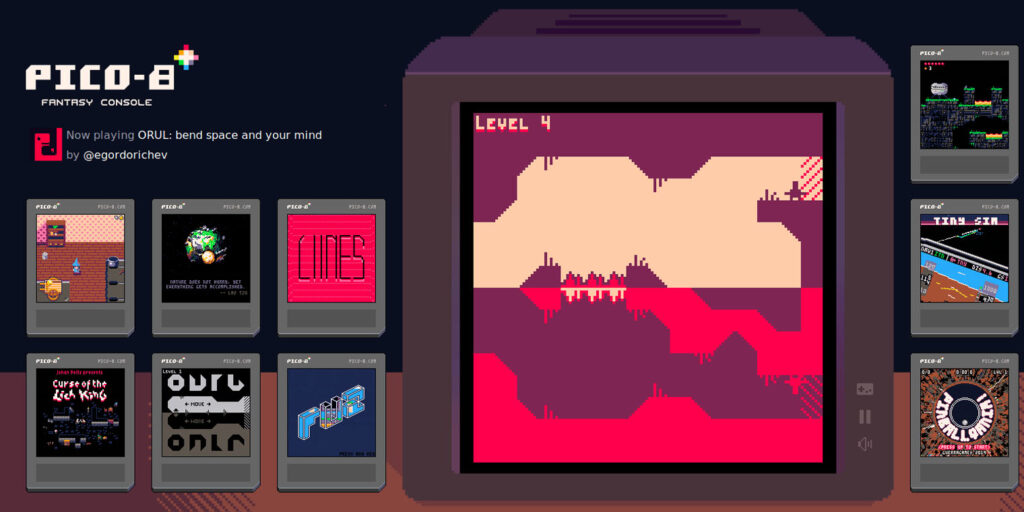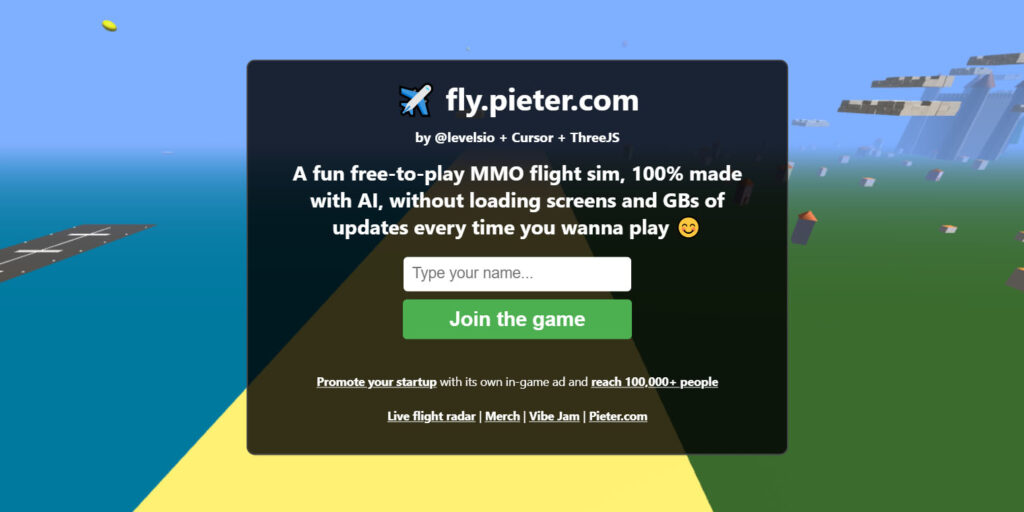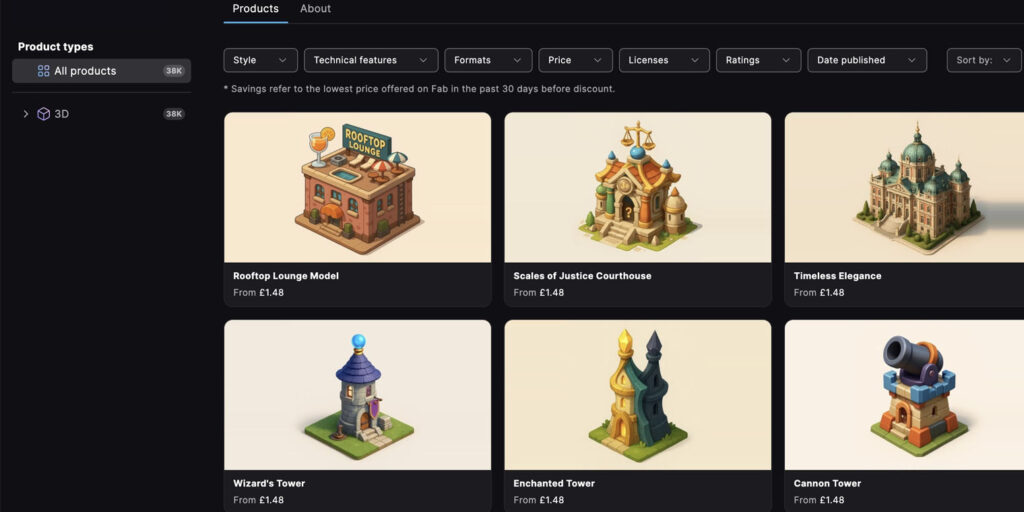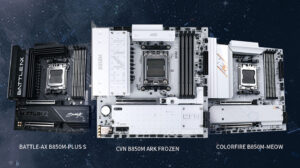Generative AI is Coming to Suck The Soul Right Out of Game Development


OPINION – Whether you’re involved in game development or just a gamer, there’s no ignoring the fact that AI is gaining a stronger foothold in the industry. From generating assets like characters voices to the characters themselves, through to improving graphics with enhanced lighting and rendering, artificial intelligence has multiple uses. It’s no longer a question of “how can AI replace human creativity in game development,” but “to what extent will it do this?”
To better understand generative AI and how it can suck the soul out of anything, it’s worth considering what it actually is. In an article published in November 2023, MIT said:
“Generative AI can be thought of as a machine-learning model that is trained to create new data, rather than making a prediction about a specific dataset. A generative AI system is one that learns to generate more objects that look like the data it was trained on.”
The Good
Examples of generative AI, whether it’s a language model in Sims-like InZoi through to NVIDIA’s ACE character-creation suite, are tools, and like any tool, it’s only as good as the person that wields it.
A good example of this, and how generative AI is being used for game development, is vibe coding, a term often thrown around with no real clear meaning. Russell Ashby, the creator of the PICO-8 and Picotron game engines, gave me a succinct definition, plus a downside.
“Vibe coding is the process of describing the vibe of software to an LLM (Large Language Model) and seeing what you get,” he told me. “You then keep prompting until you get what you were looking for. Good for prototypes and websites because it will fall apart after a number of edits.”

If you know what you’re doing, like renowned software engineer, marketer, and influencer Pieter Levels (aka Levels), it’s even possible to use generative AI (whether vibing or otherwise) to make a game that brings in a reported $52,000 a month.
The Bad
LLMs like ChatGPT can also help beginner game developers by providing code examples, and most importantly, source links. But whether it’s this, or generating art through Midjourney for a game, or any other use of generative AI tools, it helps to have some understanding of what you’re doing in the first place.
“The problem with ‘vibing’ something is that there are many questions that an engineer would benefit from knowing the answer to before putting hands on a keyboard,” Ashby told me. “If you vibe something the AI is going to make a decision for you that may screw you over for later.”

Likewise, look a little deeper at something like Level’s efforts, and the seams start to show. What might seem impressive on the surface soon starts to buckle under the weight of poor code implementation, never mind the attendant capitalism in doing something as quickly and cheaply as possible.
The Ugly
Ah, yes. The two biggest defenses you’ll see for the use of AI in game development are that it’s cheap and it’s fast. That’s exactly why we should use any kind of tool; what’s the point if it’s not efficient? Plus, if using AI doesn’t hurt the quality of the game, where’s the harm in it?
The unfortunate truth, that’s shown time and again, is that there’s a reason AI content is often referred to as “slop.” Whether it’s Activision trying to palm-off a six-fingered Santa to paying customers, or “artists” literally flooding asset marketplaces with AI-generated content, there are plenty of examples where the morally and creatively bankrupt sides of generative AI use are thrown into stark relief.

The Finals, by Embark Studios, came under fire in 2023 when devs revealed they used AI text-to-speech software for the majority of voices. Two other big studios, Neon Giant (The Ascent) and Ninja Theory (Hellblade) were confirmed to be using Altered AI, a voice generator, in their games in 2022.
Most recently, Epic Games has come under fire from SAG-AFTRA (the Screen Actors Guild-American Federation of Television and Radio Artists) for its use of an AI-voiced Darth Vader in Fortnite, who has also been streamed using racial slurs.
The Future of Gaming…?
“It saves time” or its sibling “it’s cheaper than people” make sense for a solo indie dev with limited funds and ability, but not for a AAA studio with a sizable budget and production timeline. This hasn’t stopped new studios with millions in funding going the generative AI route, though.
Wolf Games is currently running a beta test for its upcoming detective game, Public Eye, which its website says uses a “groundbreaking AI engine” that “brings together world-class storytellers with industry-leading game designers to build new entertainment experiences that are both deeply engaging and never before possible.”

Credit where credit’s due, the game features AI-generated interview sessions that include a teenager reacting in a way that is indistinguishable from a real actor, as well as cutscenes that may well have come from an actual cop show (Wolf Games’ founder is the son of Dick Wolf, the pioneer of police procedurals on TV).
However, as a calling card of generative AI game development, it’s primarily disappointing. So far, the gameplay relies on clicking on prompts. Plus, there’s blurred text in images and video, inconsistency in how suspects look, and one interview subject has extremely robotic facial expressions.

But, it’s early days for this game, and realistically it’s early days for generative AI overall because it’s still learning. From us. Therefore, it’s up to us to learn how to better wield these tools and actually inject some creativity into the result, not use them as a lazy way to suck it out.

















